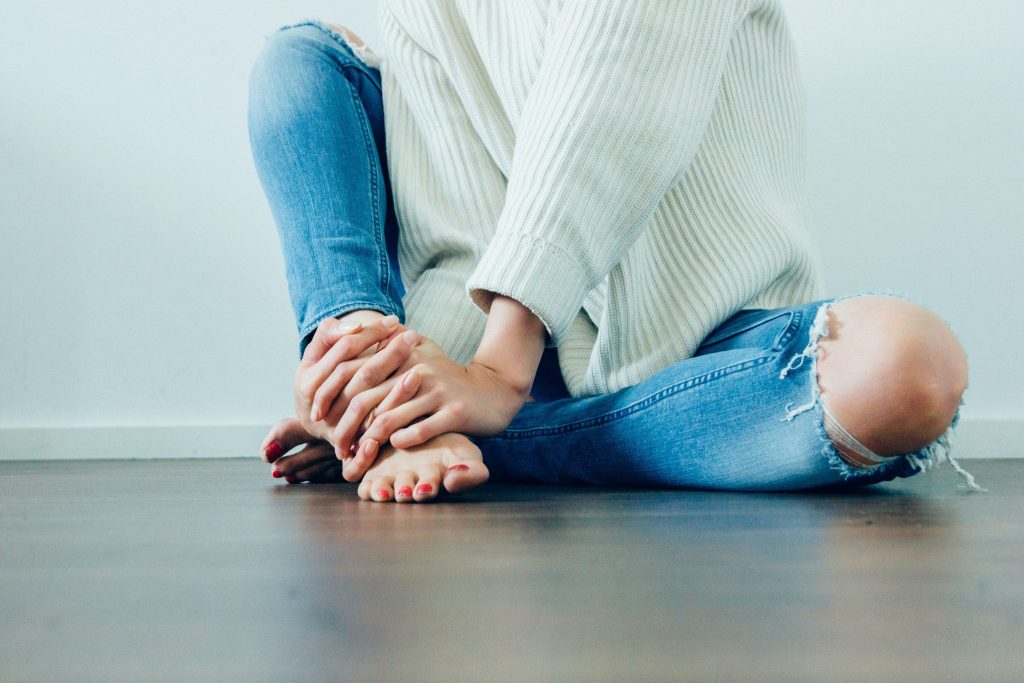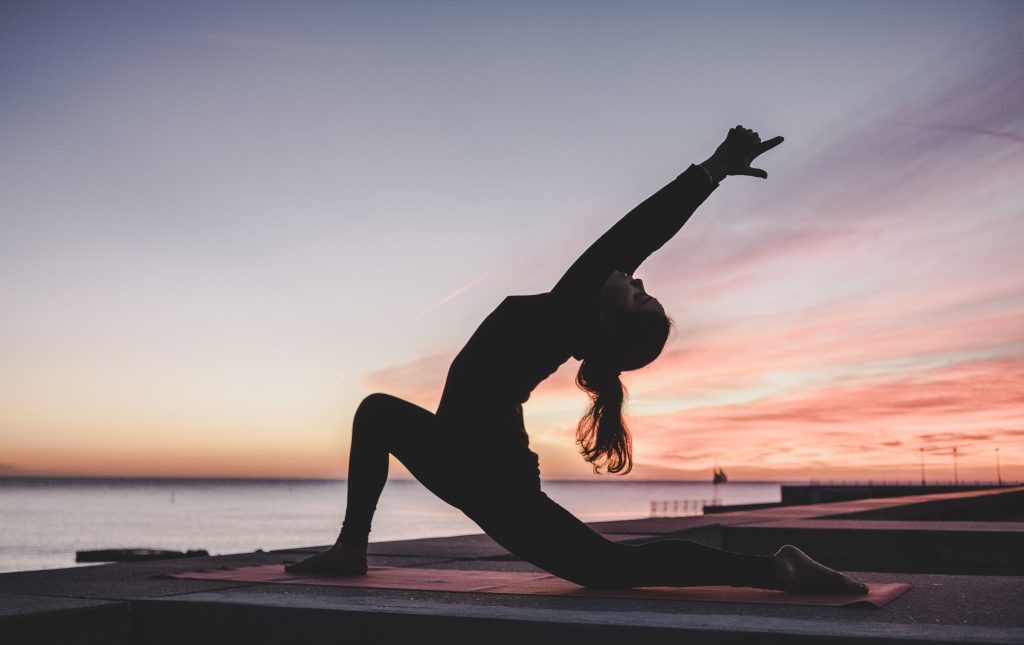
https://unsplash.com/photos/jGnm-uUhges
1. Choose low-impact activities
Low-impact activities are those that cause minimal stress, wear and tear to weight-bearing joints. It’s essential that people with joint pain embark on low-impact workouts to prevent worsening damage, inflammation and pain. Stationary bikes and elliptical trainers are ideal forms of exercise if you plan to head to the gym. Swimming and water aerobics are particularly great workouts for people with arthritis because the water takes pressure off the joints. Yoga and Pilates are also good choices because they involve slow, steady movements. If you experience weakness in some joints you may have to modify certain poses to ensure you can balance safely and comfortably, but talk to your teacher or a health professional before class.
2. Apply gentle heat to joints and muscles before workouts
When you apply heat to joints and muscles, blood vessels in the area dilate to bring more blood, oxygen and nutrients to the joint. When circulation is increased like this, stiff tissues can relax and the joints can move more freely and with less pain. It’s a good idea to take a warm shower or bath before a workout if your joints are feeling particularly stiff. Alternatively, apply a warm towel, heat pack or hot water bottle to the stiff joints. Be careful that the temperature doesn’t get so hot as to burn or irritate the skin. You can wrap a heat pack or hot water bottle in a towel if necessary.

https://unsplash.com/photos/jGnm-uUhges
3. Build up slowly
If you’re new to exercise, starting a new type of activity, or getting back into exercise after a long break or recovery from an injury, it’s important to build up slowly. The exercise itself should be slow and steady, and you should stop or take a break if you experience sharp pain. Gradually build up the length and frequency of your workouts as your muscles get stronger and can better support your joints.
4. Know your limits during pain flares
Although regular gentle exercise is really important for maintaining healthy joints, it’s vital that you don’t overwork joints during acute pain flare ups as this could worsen the problem. If you’re unsure whether or not to exercise, ask your doctor for advice as it may depend on the condition or injury you have. For example, people with gout should avoid putting pressure on painful joints during a flare up, which usually means keeping movement to a minimum. With osteoarthritis, gentle exercise can actually help to improve mobility in joints during pain flares.

https://unsplash.com/photos/F2qh3yjz6Jk
Listen to your body
The best way to protect your joints while exercising is to trust your instincts and listen to your body. Ease off if you’re feeling any unusual pain, don’t push yourself too hard, and be patient as it will take time for your body to get stronger.
Written by Hannah Garcia ([email protected])


